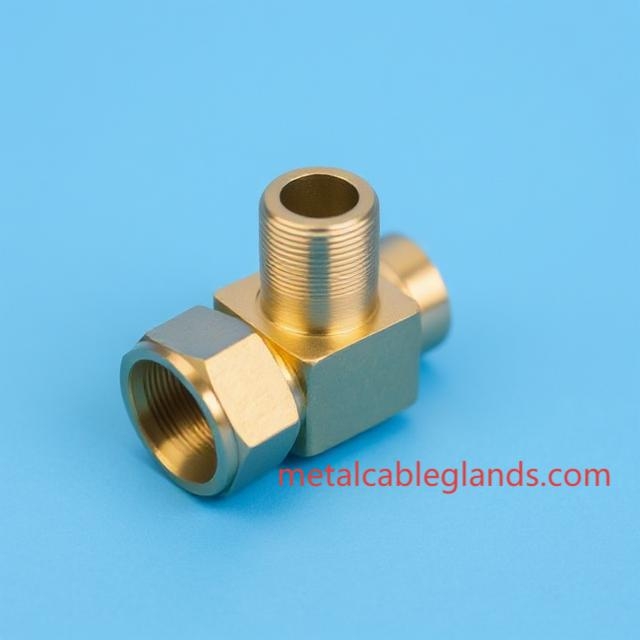In modern electrical infrastructure, the ability to connect mismatched thread sizes securely is essential—and that’s exactly where the Cable Gland Reducer provides a simple yet vital solution. Designed to reduce the entry thread size of a gland to match that of an enclosure, the Cable Gland Reducer is widely used across control cabinets, switchgear, machinery panels, and industrial enclosures. It prevents the need for re-drilling or replacing existing panel entries, thereby saving time and safeguarding structural integrity.
The rise of modular electrical systems has increased the demand for components that provide adaptability without compromising performance. Cable gland reducers ensure mechanical compatibility between a gland and the entry point while maintaining protection standards such as IP66 or IP68. By aligning thread sizes properly, they reduce the risk of cross-threading, leak paths, or mechanical failure due to improper fit. This functionality is especially valuable in retrofit scenarios, where equipment upgrades must integrate with existing systems.
Zhejiang Hongjuesi Connector (HJSI) offers a complete line of reducers manufactured with high-precision threads and corrosion-resistant materials such as brass, stainless steel, or nickel-plated alloys. These reducers are engineered to meet diverse industry standards for electrical sealing and mechanical integrity. The flexibility of thread combinations (e.g., M32 to M20, PG21 to PG16, etc.) makes them ideal for project engineers working on dynamic, custom installations.
Reducers also simplify inventory management for manufacturers and distributors. Instead of stocking dozens of cable glands in every conceivable size, a smaller set of glands can be adapted using reducers. This means faster procurement, fewer SKUs to manage, and more efficient warehousing, especially in high-mix, low-volume environments. It also allows maintenance teams to respond faster in the field with a versatile toolkit.
In terms of applications, cable gland reducers are indispensable in automation panels, energy distribution boxes, marine-grade enclosures, and robotics. For example, in offshore wind energy systems where salt spray and vibration are continuous threats, the use of high-quality stainless steel reducers enables rugged sealing performance while connecting standard cable glands to smaller-diameter ports. In indoor environments, nickel-plated brass reducers provide a durable interface without compromising EMI shielding or thermal expansion tolerances.
Installation of these components is straightforward. Most models come with standard hexagonal bodies for wrench tightening and may include O-ring grooves to ensure waterproof performance. As long as the installer verifies torque values and thread compatibility, cable gland reducers offer a plug-and-play enhancement to cable management systems.
It is worth noting that incorrect or poor-quality reducers may lead to premature enclosure failure, water ingress, or even damage to sensitive equipment. This is why selecting a reliable supplier is critical. HJSI focuses on CNC-machined precision and robust QC processes to deliver reducers that ensure both fit and function across varying operational conditions.
In fields where equipment downtime is expensive or hazardous—such as in petrochemical facilities, smart traffic controls, or factory automation lines—engineers rely on modular parts like reducers to ensure system compatibility without delay. Proper sealing, exact thread fitting, and long-term resistance to corrosion are not optional—they are essential.To explore HJSI’s complete range of high-performance cable gland accessories, including reducers in various thread types and materials, visit their product catalog at https://www.metalcableglands.com/product .
